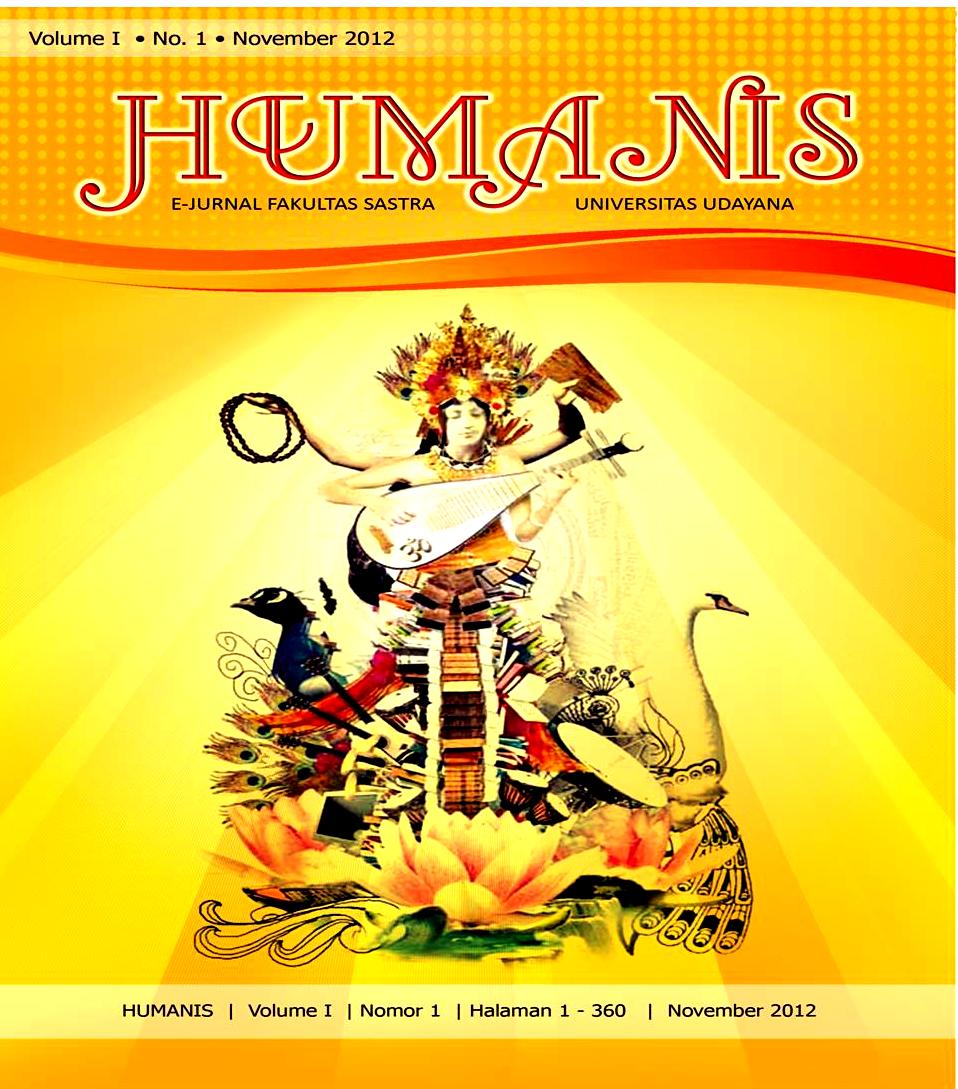ANALISIS PENGGUNAAN SETSUZOKUSHI [SHIKASHI] DAN [DEMO] DALAM NOVEL NORUWEI NO MORI KARYA HARUKI MURAKAMI
Abstract
The research of the Analysis of Setsuzokushi [Shikashi] and [Demo] Used in Noruwei no Mori by Haruki Murakami focused on the different uses of Setsuzokushi [Shikashi] and [Demo]. Written data was taken from a novel entitled Noruwei no Mori by Haruki Murakami as the data source. Descriptive qualitative method is used in this research, which is a method that explains the analysis result accurately based on literature review by finding and collecting data from written source. As the result, Setsuzokushi [Shikashi] and [Demo] have similar function and meaning. They are used to link two different information or events (contrast). However, both Setsuzokushi have different functions and meanings depend on the context of the conversations. First, Setsuzokushi [Shikashi] is more often used in writing language (kaki kotoba) than [Demo]. Second, [Shikashi] is more often used to narrate an important character in a story, whereas [Demo] is more often used to convey things or personal opinions about the narrator’s feelings. In lexical meaning, both of them are able to substitute each other but have to concern with the context. [Demo] has no ability to substitute [Shikashi] if both sentences linked by [Shikashi] are in standard form that are used together with form ???? (~de aru).Downloads
Download data is not yet available.
How to Cite
DIAH PADMAWATI, Made.
ANALISIS PENGGUNAAN SETSUZOKUSHI [SHIKASHI] DAN [DEMO] DALAM NOVEL NORUWEI NO MORI KARYA HARUKI MURAKAMI.
Humanis, [S.l.], mar. 2016.
ISSN 2302-920X.
Available at: <https://ojs.unud.ac.id/index.php/sastra/article/view/3787>. Date accessed: 01 dec. 2025.
Section
Articles
Keywords
setsuzokushi, [shikashi], [demo]


















